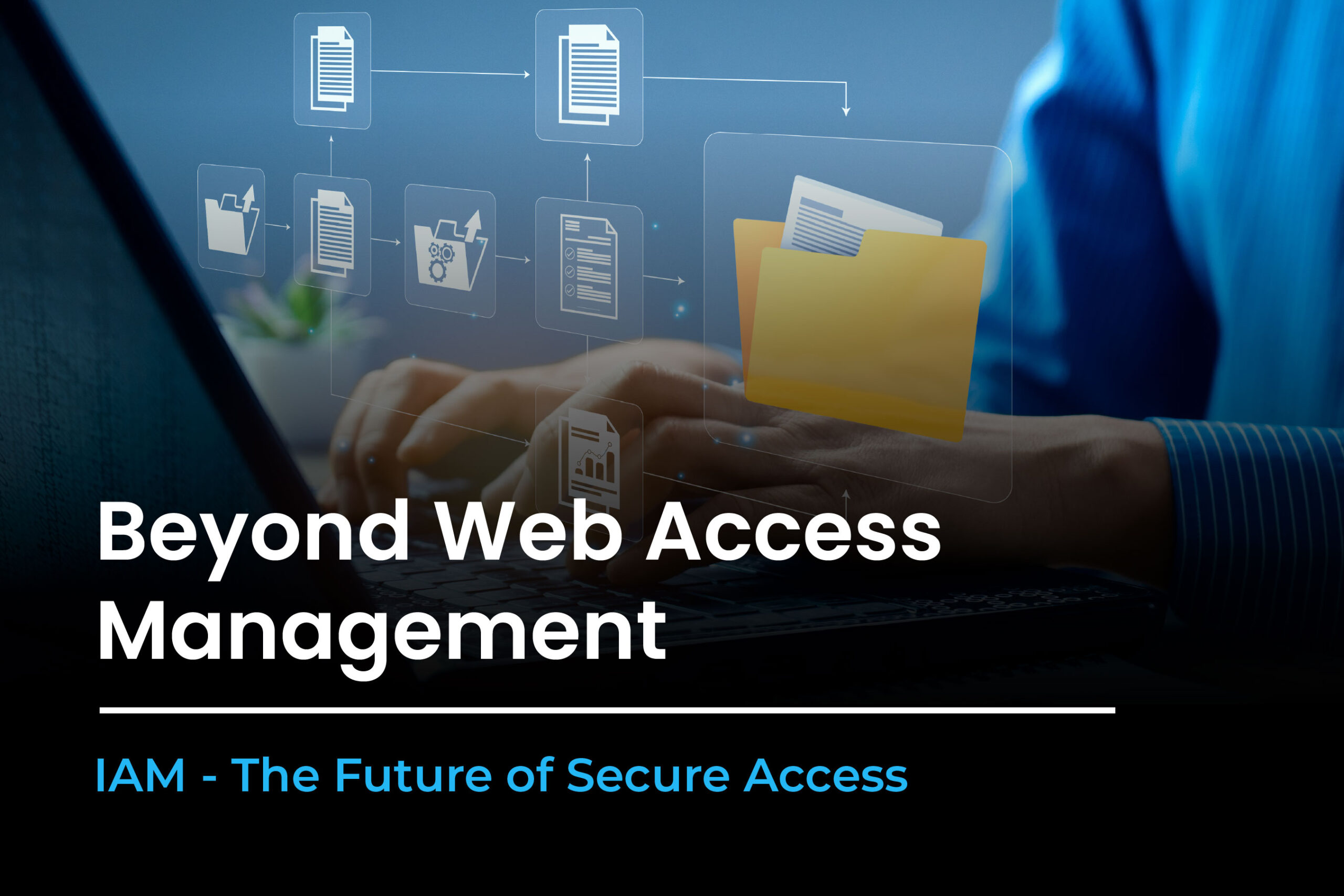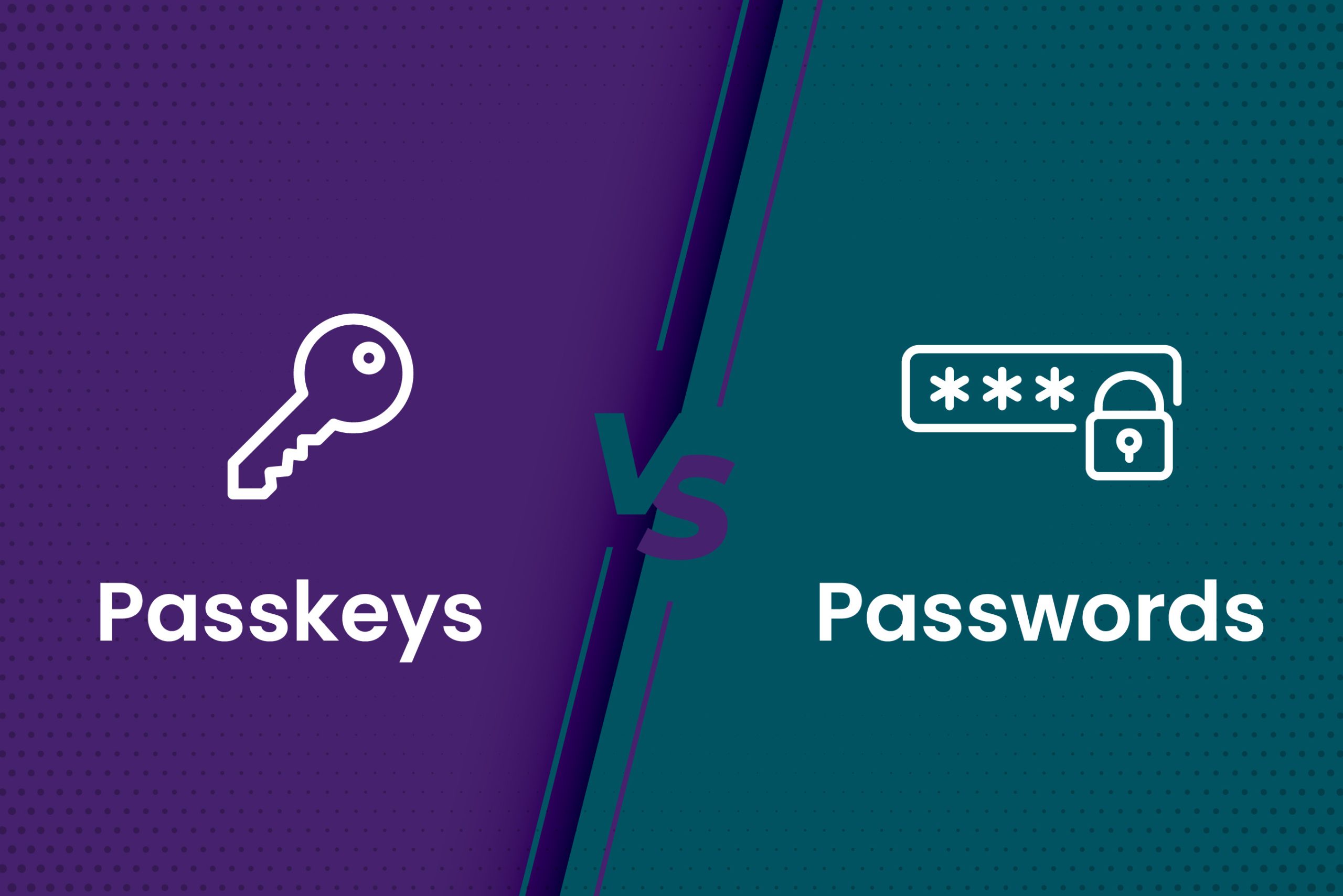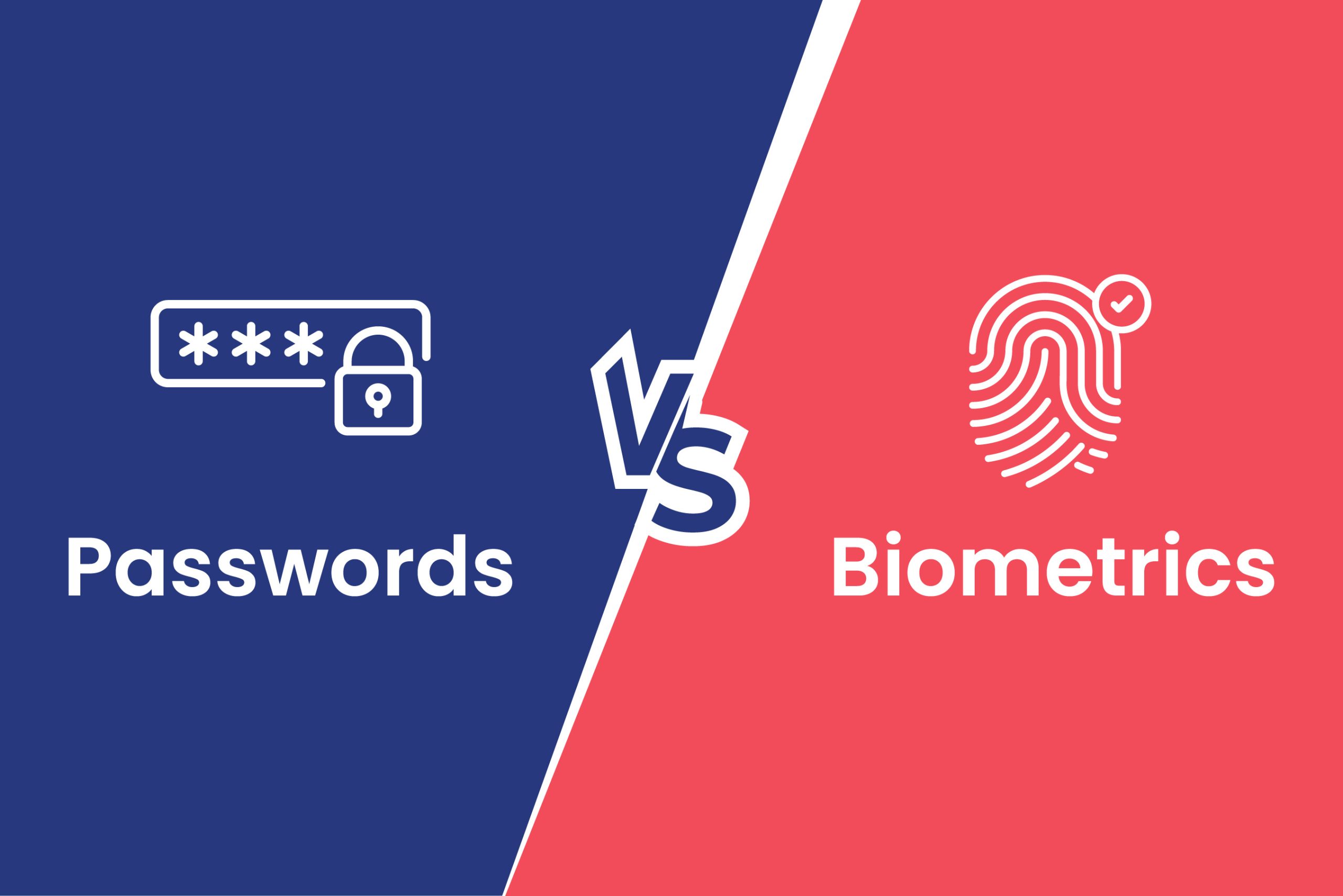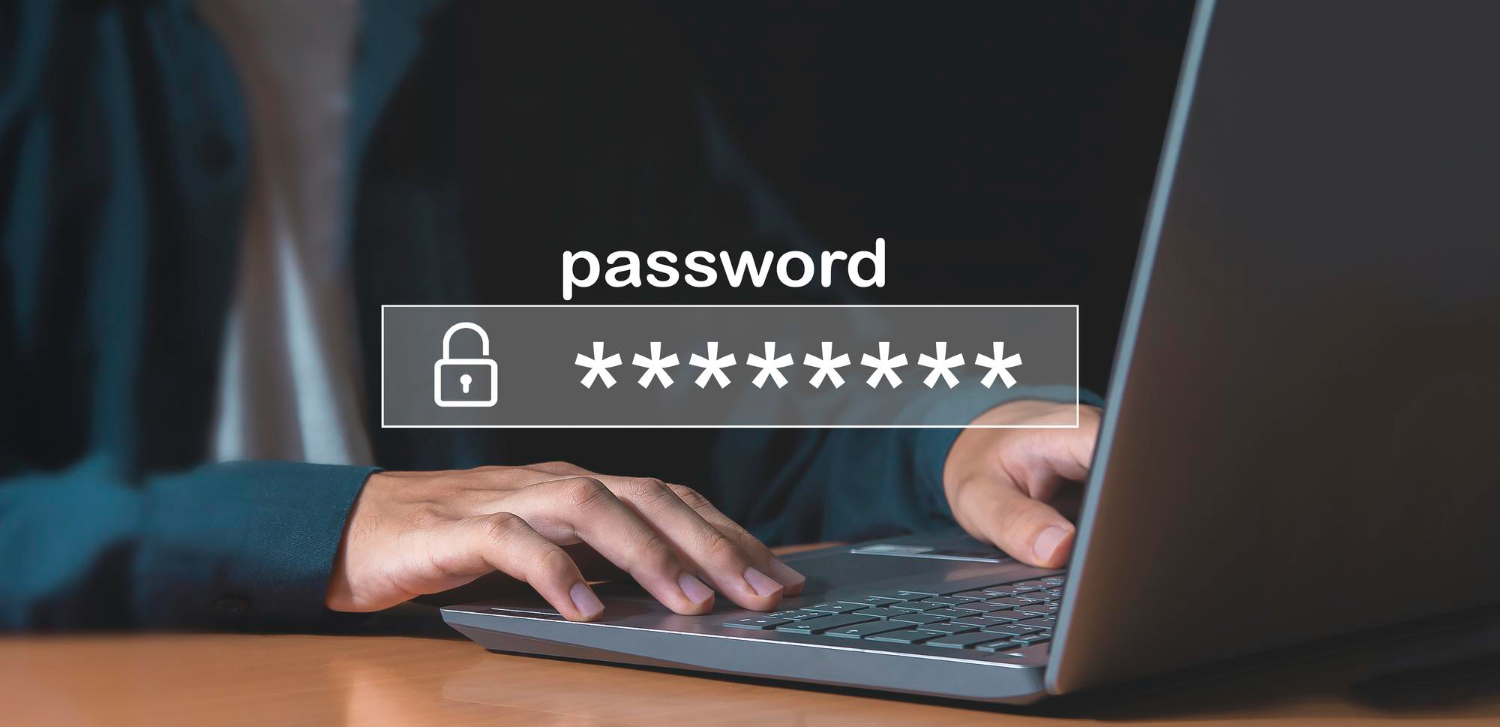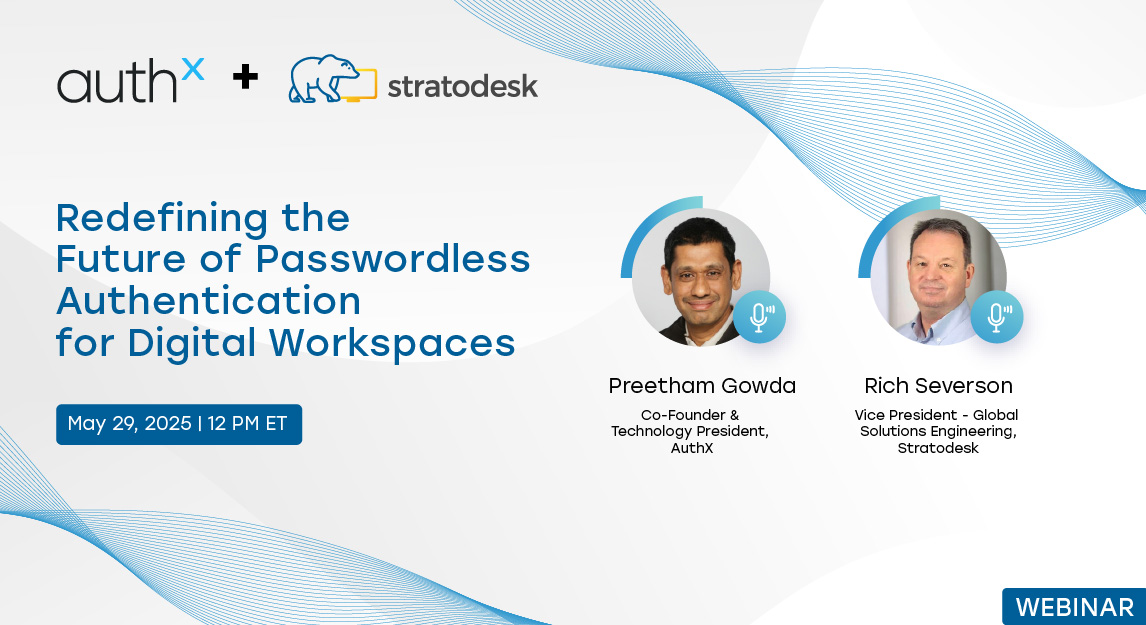Imagine trying to stream Netflix with a dial-up modem. Now, think about protecting your smartphone with a four-digit PIN while hackers use AI to decrypt passwords in seconds. Mobile phones are utilized by 70.3% of the global population, and mobile devices account for more than 60% of website traffic. However, many businesses continue to employ Web Access Management (WAM) systems designed for a pre-mobile, pre-cloud era. It’s like using a flip phone in the age of smartphones: functional but out of date. However, (Web Access Management) WAM, which was developed for an era when enterprises controlled everything on-premises, has not kept up with these massive technological advances.
WAM had its moment—it was the go-to access management solution in the early 2000s when applications lived inside corporate data centers, and remote work meant bringing your laptop home occasionally. But today, it’s an outdated relic struggling to keep up with modern security demands.
So, what is WAM, and why are organizations shifting to modern Identity and Access Management (IAM) solutions? Let’s break it down.
What is Web Access Management (WAM)?
Web Access Management (WAM) is an identity and access management system that governs who has access to certain web applications. It’s a critical tool for controlling user access to web-based resources, ensuring that only the intended content is accessed.
Here’s how Web Access Management (WAM) works:
- Authentication: Verifies a user’s identity. This typically involves the user providing credentials, such as a password and a username. Multi-Factor Authentication (MFA) is another layer of protection that requires users to verify their identity using a second factor, such as a code delivered to their phone.
- Authorization: Once a user’s identification has been validated, Web Access Management (WAM) determines what they can access. It’s the system’s technique of ensuring that, even after you’ve verified your identity, you only have access to information relevant to your role or permissions. For example, an employee can have access to internal documents but not the company’s finances.
By centralizing authority and enforcing guidelines for who can do what, WAM aims to secure access to web applications. Although it was effective in the past at managing access in business networks, the emergence of mobile devices, cloud services, and APIs made it less appropriate for the modern, digitally-first world. This is why WAM is now considered a legacy system.
How Web Access Management (WAM) Works: Core Components
WAM systems are built using several key components that work together to create a secure environment for web application access. These components ensure that only authenticated and authorized users can access specific resources:
- Access Policy Server: The access policy server determines access rules based on user attributes and roles. Think of it as a traffic controller, directing who can go where and when. It manages access across different applications and ensures users adhere to security protocols.
- Web Agents: These are small software components installed on web servers. They communicate with the access policy server to enforce access rules. They sit between users and applications, ensuring the rules are followed before users are allowed in.
- User Directory: This central database, typically Active Directory, stores information about users, their roles, permissions, and credentials. The system looks through the directory when a user tries to log in to verify who they are and what they are allowed to view.
- Single Sign-On (SSO): One of WAM’s most practical functions. Without continually entering their login information, users can access numerous applications by logging in only once through Single Sign-On(SSO). This improves user experience and ensures that security policies are enforced across all apps.
This setup made sense years ago for businesses that operated primarily on-premises. The network perimeter was controlled, applications lived on-site, and users accessed everything within a centralized environment. But as we know, the landscape has changed dramatically.
IT teams often ask, “How does SCIM work, and does it improve security?” The answer is YES. SCIM authentication ensures that only authorized users can access the right tools, reducing the risk of breaches caused by outdated permissions.
Evolution of Web Access Management (WAM)
Once the gold standard for protecting enterprise web apps was Web Access Management (WAM). In the late 1990s and early 2000s, companies needed an approach to manage access to internal web services and authenticate users. WAM solutions emerged to meet this need, operating within tightly controlled corporate networks.
Back then, security was simpler—employees worked on-premises, logging in from company-managed desktops. WAM provided centralized authentication, authorization, and Single Sign-On (SSO), making access management more convenient. However, the IT landscape has drastically changed.
Businesses no longer function under static, perimeter-based security models due to the rise of cloud computing, mobile devices, and remote work. Users can access apps from any location, often outside of corporate networks, and increasingly, apps are being hosted in the cloud. These modern requirements are excessive for traditional WAM solutions, which were designed for on-premises environments.
Why WAM No Longer Works?
1. WAM Was Built for a Different Era
WAM was designed at a time when businesses controlled all their applications and infrastructure within their own walls. But today’s world is vastly different. WAM’s infrastructure was never built for cloud, mobile-first environments, or external partner integrations. It simply can’t manage access in a world where resources are spread across private data centers, public clouds, and various external platforms.
Additionally, WAM systems struggle to keep up with evolving IT landscapes. Organizations need solutions that bridge on-premises and cloud resources seamlessly, but WAM lacks the agility to integrate with newer authentication tools like Google Authenticator and Touch ID. Without vendor investment in modern capabilities, businesses find themselves stuck with outdated technology that limits flexibility and innovation.
2. WAM Lacks Modern Security Standards
Cyber threats have evolved, but WAM has stayed stagnant. Modern security practices demand stronger authentication methods, yet many WAM solutions lack support for Multi-Factor Authentication (MFA), Passwordless authentication such as biometric scans and security keys, and modern security protocols like OAuth 2.0, OpenID Connect, FIDO2, and SCIM—standards essential for securing cloud-based applications and APIs. Using outdated authentication techniques is a risk that no business can afford as cybercriminals become more proficient.
3. Lack of Vendor Support Increases Risks and Costs
One of the biggest challenges with legacy WAM solutions is dwindling vendor support. Many providers have stopped investing in older platforms, leaving businesses to fend for themselves. That means IT teams must build and maintain custom integrations just to keep things running. Worse, finding experts to support outdated systems is increasingly difficult, and without ongoing security updates, WAM solutions become more vulnerable to emerging threats.
Regulatory compliance also becomes a growing concern. As security frameworks evolve, legacy WAM systems may fail to meet new compliance requirements—leading to hefty penalties and reputational damage.
4. Expensive and High Maintenance
WAM system maintenance is expensive and time-consuming. Because it was designed for on-premises environments, firms are now trapped operating out-of-date infrastructure that cannot scale. Here’s how it looks:
Innovation is slowed down by IT teams’ hours-long management of outdated integrations and old systems. Companies face high infrastructure costs to maintain WAM servers, which don’t scale with growing needs. Security risks rise as vendors stop providing critical updates, leaving businesses vulnerable to new threats.
In short, sticking with WAM often means pouring money into a barely functional system with no clear path to future proofing.
The Smarter Alternative: Modern IAM
Modern Identity and Access Management (IAM) solutions address all the pain points WAM creates. They’re designed for today’s hybrid, cloud-first, and mobile-friendly environments. Here’s what makes IAM a better option:
- Cloud-First Security – IAM solutions work seamlessly across cloud, hybrid, and on-prem environments, supporting legacy and modern systems. They’re built to manage access regardless of where your resources are hosted.
- Stronger Authentication – IAM includes built-in support for Multi-Factor Authentication (MFA), Passwordless authentication, and Adaptive security. This means your users can enjoy a better experience without sacrificing security.
- Easier User Management – IAM automates key processes like onboarding and offboarding users, reducing IT workload and human error.
- Scalability & Cost Savings – With IAM, you don’t need to invest in expensive on-prem hardware. Most IAM solutions are cloud-based and available as a subscription, providing better scalability and lowering infrastructure costs.
Web Access Management (WAM) vs. Identity and Access Management (IAM)
| Feature | Web Access Management (WAM) | Identity and Access Management (IAM) |
|---|---|---|
| Access Scope | Web-based applications only | Cloud, on-prem, mobile, APIs |
| Infrastructure | On-premises | Cloud-native, hybrid support |
| Security Standards | Legacy authentication (SSO, LDAP) | Modern security (MFA, passwordless, adaptive authentication) |
| User Experience | Requires multiple integrations, inconsistent login experience | Seamless Single Sign-On (SSO) across all platforms |
| Scalability | Difficult to scale beyond on-prem environments | Scalable across cloud and hybrid ecosystems |
| Automation | Limited automation, manual provisioning | Automates onboarding, offboarding, and access controls |
While WAM was effective in a world of on-prem applications, modern IAM solutions offer greater security, flexibility, and a streamlined user experience. Organizations moving to the cloud, integrating SaaS applications, and enabling remote work need IAM solutions that provide centralized, cloud-based identity management.
AuthX IAM: The Next Step in Identity Management
At AuthX, we understand businesses’ challenges when managing access in today’s complex, multi-cloud, and hybrid environments. That’s why our IAM solution is specifically designed to overcome the limitations of legacy systems like WAM, providing a seamless, scalable, and secure solution for modern enterprises.
With AuthX IAM, you get:
- Cloud-Native Security: Whether your resources are on-premises or in the cloud, our platform is designed for the cloud and supports a variety of environments, ensuring secure access to all of them.
- Comprehensive Authentication Options: We provide flexibility to meet your specific security requirements, including multi-factor authentication to passwordless solutions like biometrics and security keys.
- User-Centric Access Control: By facilitating automated onboarding and offboarding processes and granular access control to ensure that only authorized users have access to critical data, AuthX IAM streamlines user management.
- Seamless Integration – Our solution integrates effortlessly with existing and new systems, ensuring that your business can maintain high levels of security and user experience without disrupting operations.
Whether migrating from WAM or starting fresh, AuthX IAM gives you the tools to secure your business and keep pace with the evolving digital landscape.
Conclusion
Once an essential tool for controlling web access, WAM is now a liability. It wasn’t created for the modern, mobile-enabled, cloud-first environment, and businesses are only exposed to risks and inefficiencies if they continue to rely on it.
The goal of moving to a modernized IAM solution is to manage access across all digital environments in a smarter, more secure, and scalable manner, rather than just to replace WAM.
The future of identity security is already here. The only question is: How long will you wait before moving?
FAQs
What is WAM definition in cybersecurity?
The WAM definition refers to Web Access Management, a security system that controls user authentication and authorization for web-based applications. It ensures that only authorized users can access specific online resources.
What does WAM stand for in cybersecurity?
WAM stands for Web Access Management, a security framework used to regulate access to web-based applications and resources through authentication and authorization mechanisms.
Why is WAM considered outdated?
WAM was designed for on-premises environments and lacks modern security standards like Cloud compatibility, MFA, Passwordless authentication, and API security. It also provides limited web access control in cloud-based and hybrid IT ecosystems.
What is the best alternative to WAM?
Modern Identity and Access Management (IAM) solutions provide better security, scalability, and integration with cloud applications and hybrid environments. They support advanced authentication methods and automated access control.

